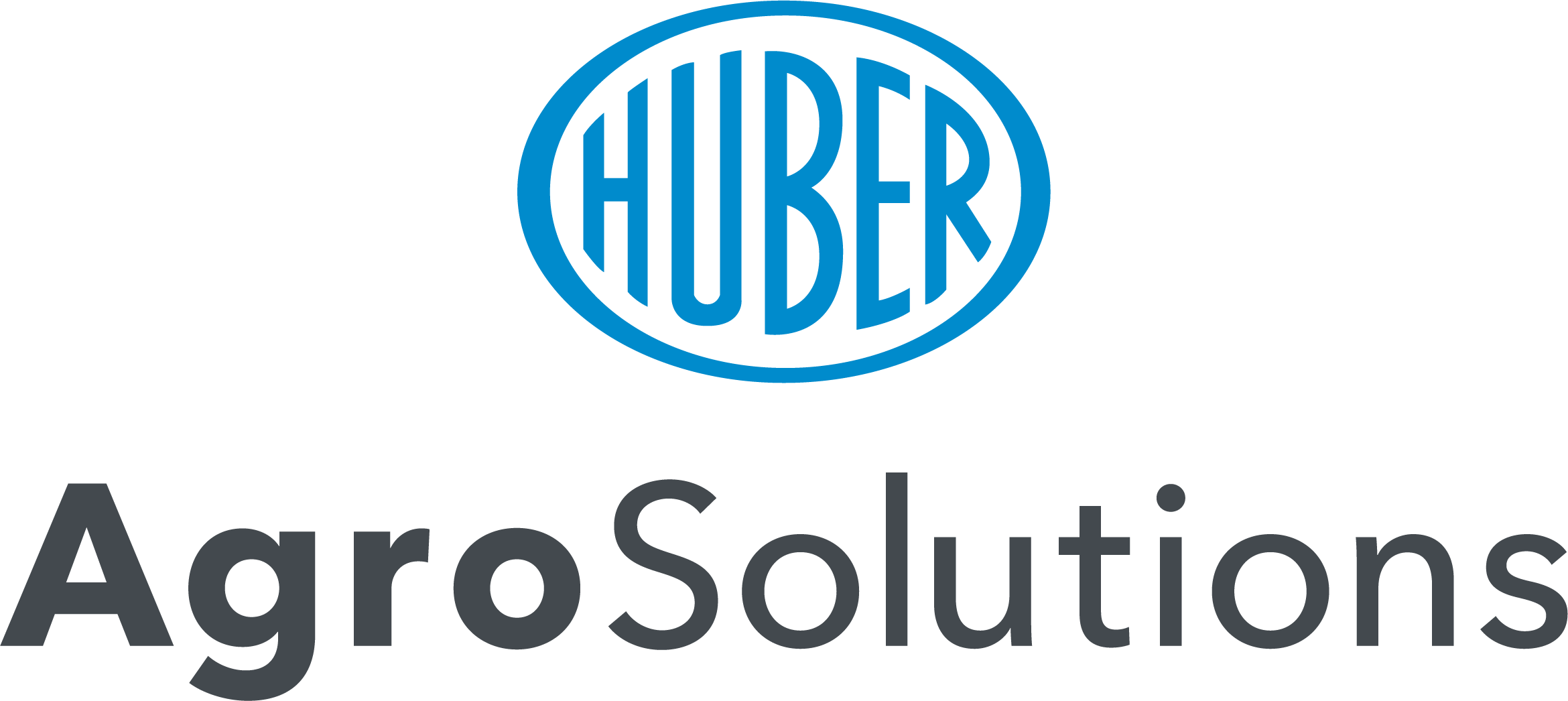STIMULATES ROOTING AND THE EARLY VEGETATIVE STAGES
All plant biochemical processes are regulated by the combinations between plant hormones and enzymes specialisedin controlling each specific, complex metabolic activity; these are largely responsible for the growth speed of eachnew plant. The biochemical combinations between Phosphorus and natural hormones facilitate auxin accumulation in thebasal region and, accordingly, the production of early roots. All these agents, when in a proper ratio, stimulateeach plant’s capacity to produce roots in highly fertile soils.
ILSADEEPDOWN used through leaves improves the development of root systems in the germination stage, therooting of transplanted seedlings and vegetative growth. Well-formed and stress-free roots prepare the cropfor the following stages. ILSADEEPDOWN helps plants to better defend themselves in post-repotting and posttransplanting stress and at times of heat or water imbalance.
ILSADEEPDOWN is a formulation based on protein nitrogen, specific amino acids for the rooting stages andhighy soluble and readily available phosphorus.
ILSADEEPDOWN is the solution to the need of fruit vegetable crops (tomatoes, peppers, melons, courgettes,strawberries and other vegetable crops) and nursery vegetable crops to make the best use of nutritional andwater resources in order to develop, from the early stages, root systems suited to support the crop’s entire cycleand reduce unfavourable critical situations.
Chemical and physical features
- LIQUID COLOUR LIGHT YELLOW
- pH 6,0 ± 0,5
- DENSITY 1,19 ± 0,02 kg/dm3
- CONDUCTIVITY E.C. 3,00 ± 0,20 dS/m
COMPOSITION
-
Total Nitrogen (N) 5 %
- Of which: Organic Nitrogen (N) 1 %
- Of which: Ammoniacal Nitrogen (N) 4 %
- Total Phosphorus Pentoxide (P2O5) 15 %
- Organic Carbon (C) 3 %
Contains in particular
- HYDROLYSATED ANIMAL EPITHELIUM, AMMONIUM POLYPHOSPHATE
Characterising substances
- AMINO ACIDS, HIGHLY ASSIMILABLE PHOSPHORUS
ACTIONS OF THE CHARACTERISING SUBSTANCES
| REDUCTION OF POST-TRANSPLATING SHOCKS | ROOTING STIMULATION | |
|---|---|---|
| ESSENTIAL AMINO ACIDS |

|

|
| HIGHLY ASSIMILABLE PHOSPHORUS |

|
|
| PROTEIN NITROGEN |

|

|
Doses and methods of use of the fertilizer
-
Leafy vegetables
-
Artichoke20-25 kg/haStarting from the first applications of fertigation, 2-4 uses
-
Arugula20-25 kg/haStarting from the first applications of fertigation, 2-4 uses
-
Basil20-25 kg/haStarting from the first applications of fertigation, 2-4 uses
-
Beet20-25 kg/haStarting from the first applications of fertigation, 2-4 uses
-
Chicory20-25 kg/haStarting from the first applications of fertigation, 2-4 uses
-
Chicory20-25 kg/haStarting from the first applications of fertigation, 2-4 uses
-
Endive20-25 kg/haStarting from the first applications of fertigation, 2-4 uses
-
Lettuce20-25 kg/haStarting from the first applications of fertigation, 2-4 uses
-
Lettuce in greenhouse2-3 kg/1.000 m2Starting from the first applications of fertigation, 2-4 uses
-
Parsley20-25 kg/haStarting from the first applications of fertigation, 2-4 uses
-
Spinach20-25 kg/haStarting from the first applications of fertigation, 2-4 uses
-
-
Legumes and potatoes
-
Green bean in greenhouse2-3 kg/1.000 m2Starting from the first applications of fertigation, 2-4 uses
-
Potato25-30 kg/haStarting from the first applications of fertigation, 2-4 uses
-
-
Vegetables
-
Brussels sprouts20-25 kg/haStarting from the first applications of fertigation, 2-4 uses
-
Courgette20-30 kg/haStarting from the first applications of fertigation, 2-4 uses
-
Cucumber / Gherkin20-30 kg/haStarting from the first applications of fertigation, 2-4 uses
-
Eggplant1,5-2,5 kg/haStarting from the first applications of fertigation, 2-4 uses
-
Melon20-30 kg/haStarting from the first applications of fertigation, 2-4 uses
-
Pepper1,5-2,5 kg/haStarting from the first applications of fertigation, 2-4 uses
-
Processing Tomato1,5-2,5 kg/haStarting from the first applications of fertigation, 2-4 uses
-
Ready-prepared vegetables2-3 kg/1.000 m2Starting from the first applications of fertigation, 2-4 uses
-
Savoy Cabbage20-25 kg/haStarting from the first applications of fertigation, 2-4 uses
-
Spring Cabbage20-25 kg/haStarting from the first applications of fertigation, 2-4 uses
-
Strawberry20-30 kg/haStarting from the first applications of fertigation, 2-4 uses
-
Tomato in greenhouse2-3 kg/1.000 m2Starting from the first applications of fertigation, 2-4 uses
-
Turnip Tops20-25 kg/haStarting from the first applications of fertigation, 2-4 uses
-
Watermelon20-30 kg/haStarting from the first applications of fertigation, 2-4 uses
-
The dose indicated in the table has been calculated by taking into account an irrigation volume of about 500-600 litres of water per application. The doses shown should be considered as merely indicative and may vary according to pedoclimatic conditions and average yields expected.
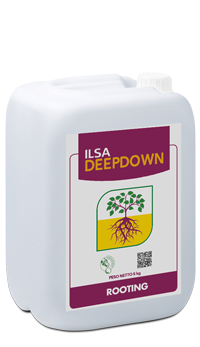






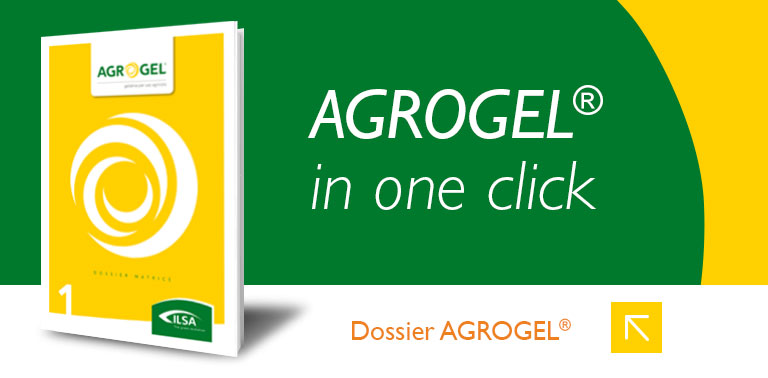
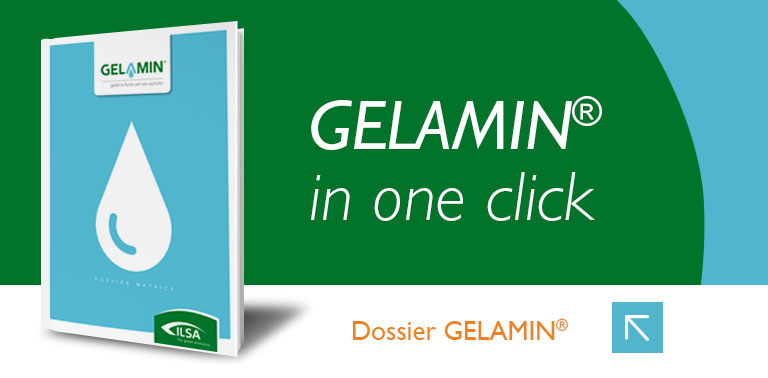
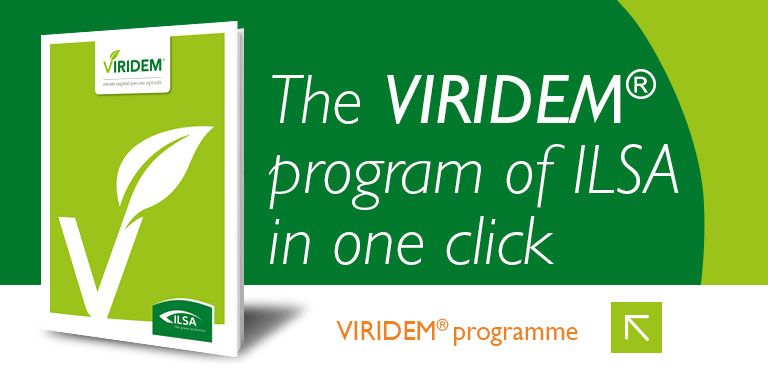
.png)
















